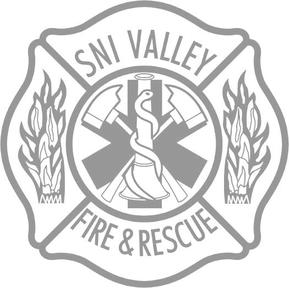
Bathtub and Shower Safety
10 Tips for Bathtub and Shower Safety
Shower and bathtub safety is an everyday concern for people using them. But more so for the elderly and young children who might hurt themselves. Studies reveal that mostolder adults have problems getting in or out of a bathtub or shower despite safety equipment in place. With age, people loose their fluidity of movement that affects them in undertaking everyday tasks like taking a bath. They often find it daunting to position themselves on bathtub seats, often fearing that they'll injure themselves on sides of the bathtub.
It is essential to know steps to prevent bathtub and shower mishaps, particularly for the elderly. Here are key shower and bathtub safety tips:
1. Never clutch or use the sliding glass shower door for stability or balance. This is extremely unsafe because shower doors are not meant to support human weight.
2. Discard all unsafe shower and bathtub features. People usually use grab-bars if they are there but otherwise they clutch anything that is available. This could be tub seats or towel bars that are not strong enough to provide support.
3. Instead, you should install weight-bearing grab-bars that will be more appropriate. You need to have custom-made bathroom safety features and also need to educate the elderly about bathroom safety.
4. Make sure you know how to avoid accidental scalding. Take care to prevent this by turning the hot water heater temperature down to 120 degrees. Also, always first check the water temperature with your fingers before using it.
5. Always check bathtub temperature since nearly fifty percent of water burns come from parents putting children in water that is too hot. These burns can be serious and lead to permanent scarring. Buy a bathtub thermometer and install it in the tub.
6. Prevent drowning in the toilet and tub as two inches of water is enough to drown a child. Do not ever leave children unattended in the tub. A lock on the toilet seat in the closed position is an effective safety practice. Never leave a bucket full of water in the bathroom.
7. Take care to prevent electrocution in the bathroom. Have proper ground fault-protection outlets to do away with electrocution. Avoid using hairdryers while standing on wet surface. Always keep the floor dry to prevent slips and falls. Place non-slip mats strategically.
8. It's always good to use drain covers and waterspout guards. Children often hit their heads on the waterspout, leading to injuries. Soft covers on faucets protect children's heads.
9. Handrails are essential in bathrooms as they allow family members extra security in getting into and out of the shower, tub, and toilet.
10. All medicines and cleaning products in the bathroom should be housed properly. They need to be out of reach to prevent accidental poisoning.
It is essential to know steps to prevent bathtub and shower mishaps, particularly for the elderly. Here are key shower and bathtub safety tips:
1. Never clutch or use the sliding glass shower door for stability or balance. This is extremely unsafe because shower doors are not meant to support human weight.
2. Discard all unsafe shower and bathtub features. People usually use grab-bars if they are there but otherwise they clutch anything that is available. This could be tub seats or towel bars that are not strong enough to provide support.
3. Instead, you should install weight-bearing grab-bars that will be more appropriate. You need to have custom-made bathroom safety features and also need to educate the elderly about bathroom safety.
4. Make sure you know how to avoid accidental scalding. Take care to prevent this by turning the hot water heater temperature down to 120 degrees. Also, always first check the water temperature with your fingers before using it.
5. Always check bathtub temperature since nearly fifty percent of water burns come from parents putting children in water that is too hot. These burns can be serious and lead to permanent scarring. Buy a bathtub thermometer and install it in the tub.
6. Prevent drowning in the toilet and tub as two inches of water is enough to drown a child. Do not ever leave children unattended in the tub. A lock on the toilet seat in the closed position is an effective safety practice. Never leave a bucket full of water in the bathroom.
7. Take care to prevent electrocution in the bathroom. Have proper ground fault-protection outlets to do away with electrocution. Avoid using hairdryers while standing on wet surface. Always keep the floor dry to prevent slips and falls. Place non-slip mats strategically.
8. It's always good to use drain covers and waterspout guards. Children often hit their heads on the waterspout, leading to injuries. Soft covers on faucets protect children's heads.
9. Handrails are essential in bathrooms as they allow family members extra security in getting into and out of the shower, tub, and toilet.
10. All medicines and cleaning products in the bathroom should be housed properly. They need to be out of reach to prevent accidental poisoning.
|
Copyright ©2006 -
Sni Valley Fire Protection District
|
|




